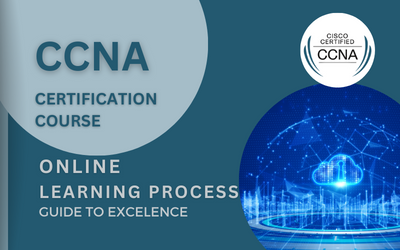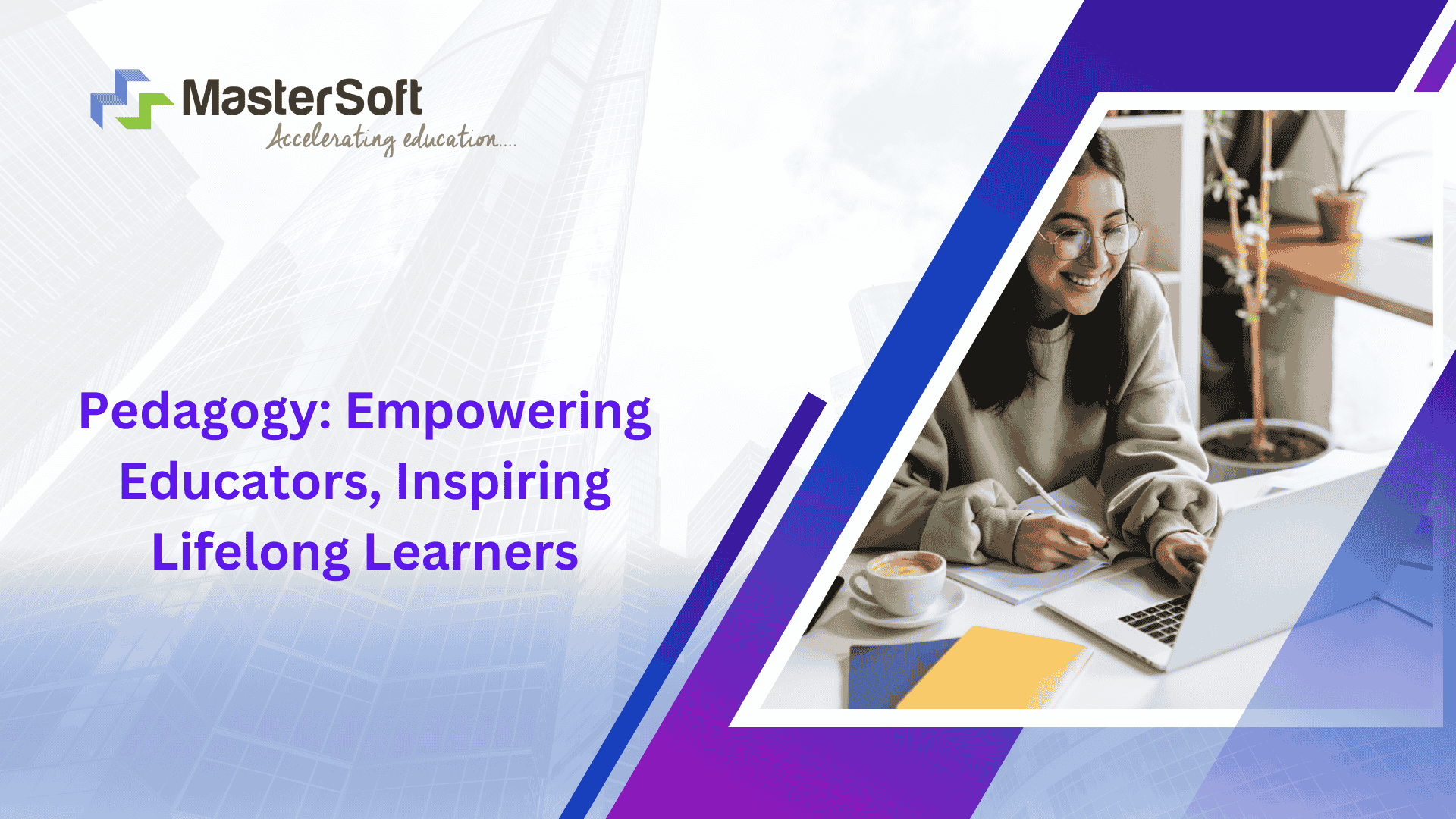Pedagogy, often described as the “art and science of teaching,” plays a crucial role in shaping the educational experience and outcomes of students. More than just a method, pedagogy encompasses the philosophies, strategies, and techniques that educators use to facilitate learning and develop students’ skills, knowledge, and character. This blog will explore the significance of pedagogy, its various approaches, and how modern pedagogical practices are transforming education in today’s world.
What is Pedagogy?
Pedagogy refers to the methods and principles that teachers use to guide learning, whether in a classroom, online setting, or informal environment. It’s not limited to what is taught but extends to how, why, and in what context learning occurs. Good pedagogy creates an engaging, supportive, and effective environment where students can actively participate in the learning process.
In essence, pedagogy is about choosing the right teaching strategies to help students understand and apply knowledge meaningfully. A teacher’s pedagogical approach influences how students perceive learning, their motivation to engage with the subject, and their ability to retain information.
Core Approaches to Pedagogy
Pedagogical approaches vary depending on the educational goals, student needs, and cultural context. Here are some of the most common approaches:
1. Constructivist Pedagogy
Constructivism is a popular approach that focuses on students as active participants in their learning. Rooted in the work of Jean Piaget and Lev Vygotsky, constructivist pedagogy encourages students to construct knowledge through experiences, exploration, and reflection. Teachers act as facilitators, guiding students to make connections and understand concepts through hands-on activities, group work, and problem-solving exercises.
2. Collaborative Learning
This approach emphasizes group work and interaction among students. Collaborative learning allows students to learn from one another, develop social skills, and understand different perspectives. It’s particularly effective for fostering communication, teamwork, and critical thinking. Examples include group discussions, peer tutoring, and project-based learning, where students work together to solve real-world problems.
3. Inquiry-Based Learning
Inquiry-based learning is a student-centered approach that encourages curiosity, exploration, and questioning. Rather than simply presenting facts, teachers pose questions, allowing students to investigate, research, and develop their own answers. This method builds critical thinking and analytical skills, as students learn to evaluate evidence, draw conclusions, and reflect on their findings.
4. Differentiated Instruction
Differentiated instruction is tailored to meet the diverse learning needs, abilities, and interests of individual students. Teachers modify content, process, or assessment methods to ensure that all students, regardless of their skill level, can engage with the material. Differentiated instruction is particularly beneficial in diverse classrooms where students have varying learning speeds, backgrounds, and strengths.
5. Behaviorist Approach
Based on the principles of behaviorism, this approach uses rewards, reinforcement, and repetition to shape student behavior and learning. The teacher plays a central role in directing the learning process, breaking tasks into manageable steps, and using structured activities. Behaviorist pedagogy is effective in developing foundational skills and knowledge, particularly for younger students or those in need of additional support.
6. Experiential Learning
Experiential learning focuses on learning through experience, encouraging students to engage directly in a task and reflect on their actions. This hands-on approach is valuable for teaching practical skills and helps students build confidence by connecting theory to real-world application. Internships, laboratory experiments, and field trips are all examples of experiential learning opportunities.
Trends in Modern Pedagogy
With advancements in technology and shifts in educational philosophy, modern pedagogy is evolving. Here are some emerging trends:
1. Blended Learning
Blended learning combines traditional classroom methods with online education, giving students flexibility in how they engage with content. It encourages self-paced learning and is especially beneficial for diverse classrooms where students may have different learning preferences.
2. Flipped Classroom
In a flipped classroom, students study new material at home through videos or readings and use class time for discussions, exercises, and collaborative activities. This model transforms the classroom into a space for active learning and allows teachers to offer more individualized support.
3. Gamification
Gamification uses elements of game design—such as points, badges, and leaderboards—to increase motivation and engagement in learning. This technique is particularly effective for younger students, making learning more enjoyable and interactive.
4. Technology-Enhanced Learning
Digital tools, like interactive software, virtual labs, and AI-powered learning platforms, are transforming pedagogy by providing innovative ways to teach and assess students. These tools allow for adaptive learning, where content is personalized based on each student’s strengths and weaknesses.
5. Social and Emotional Learning (SEL)
SEL focuses on helping students develop emotional intelligence, self-awareness, and interpersonal skills. Incorporating SEL into pedagogy prepares students to manage stress, communicate effectively, and work well with others, which are crucial skills both in and outside the classroom.
Related Posts

Entrepreneurship Assignment Help: Unlocking Your Potential for Success
IntroductionIn today’s fast-paced world, entrepreneurship has emerged as a vital…

CCNA 200-301 Exam Preparation Tips for 2025
The Cisco Certified Network Associate (CCNA) 200-301 certification is an…

Exploring the Top Boarding Schools in Nainital: A Comprehensive Guide for Parents
Nainital, a scenic hill station nestled in the Kumaon region…

